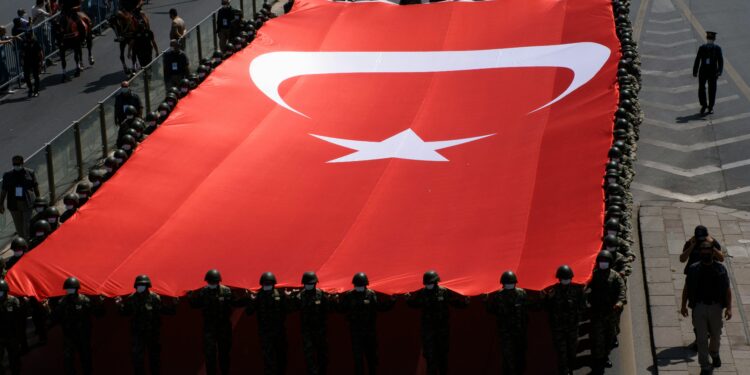A catastrophic air force crash that killed 20 Turkish soldiers is exposing the truth that the nation’s military is being crippled by aging, decrepit hardware. The C-130 Hercules that disintegrated mid-air over Georgia was 57 years old—a flying relic whose failure has triggered a furious demand for accountability from a public and a command reeling from a preventable disaster.
While Ankara has initiated a joint probe with Georgia, the evidence already points to a profound systemic failure. Unverified videos show the plane’s tail shearing off in flight, a classic sign of metal fatigue or structural failure in aged airframes. This tragedy was not a surprise but a predictable outcome of a procurement system that has consistently failed to modernize a fraying fleet.
The timing is a damning indictment. The crash comes just one month after the Defence Ministry, in a belated acknowledgment of this crisis, signed a deal to procure newer C-130Js. For the twenty soldiers on board, that modernization came a lifetime too late.

Why It Matters
Sending troops into the sky in a 57-year-old aircraft is not only risky; it is a dereliction of duty. The entire incident reads like a brutal audit of Turkey’s military readiness, and the result is a failing grade.
For a NATO member with aspirations of regional power, this is a moment of profound shame. The fleet is old, the maintenance is questionable, and the result is that soldiers are dying in peacetime from failures that more competent militaries have long since engineered into obsolescence.
The “answers” Turkey is demanding are not in Tbilisi; they are in the mirror. This was a failure of foresight, of funding, and of priority. Until that is admitted, any “investigation” is just a search for scapegoats to avoid the real, uncomfortable truth.

















